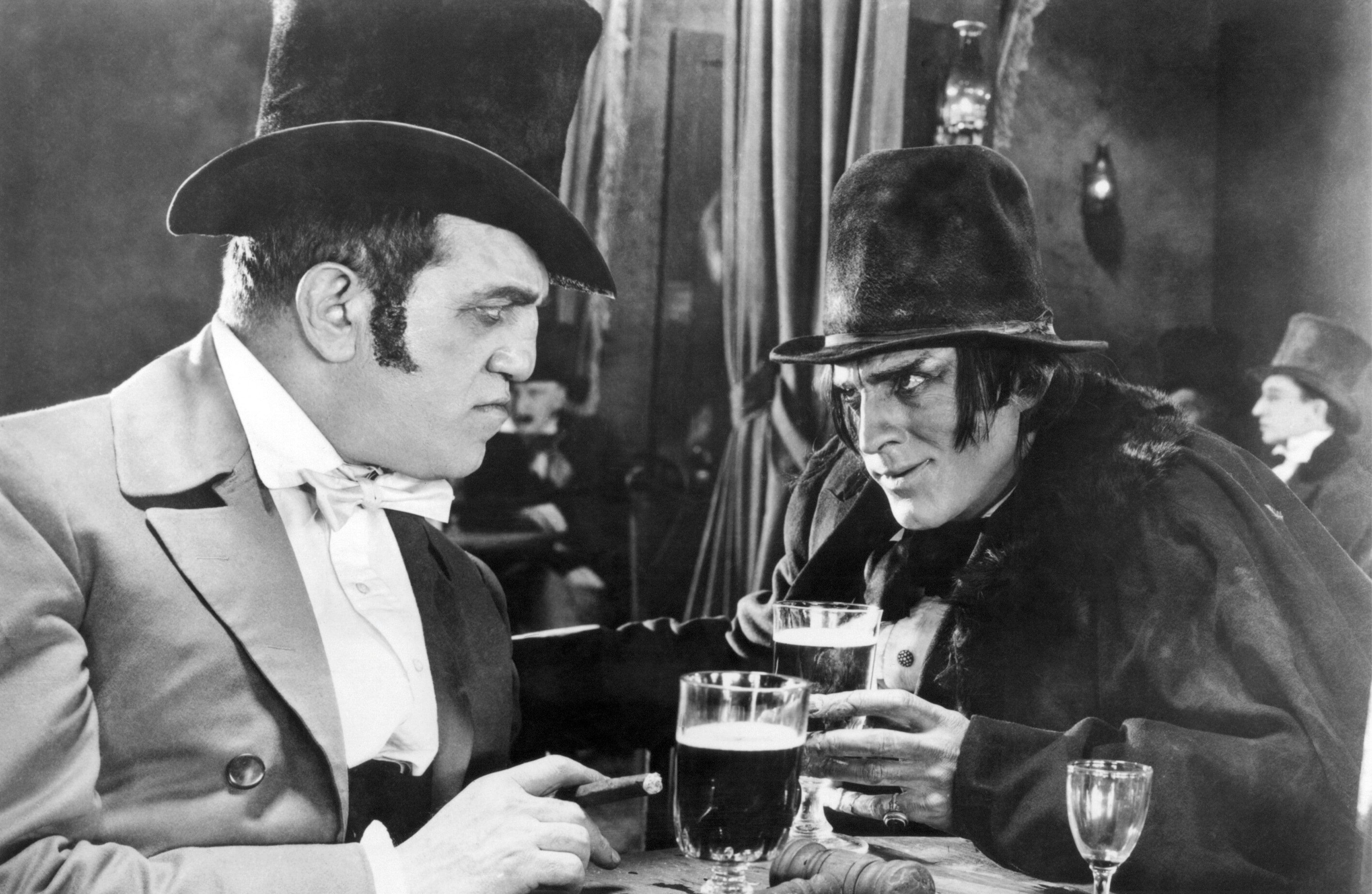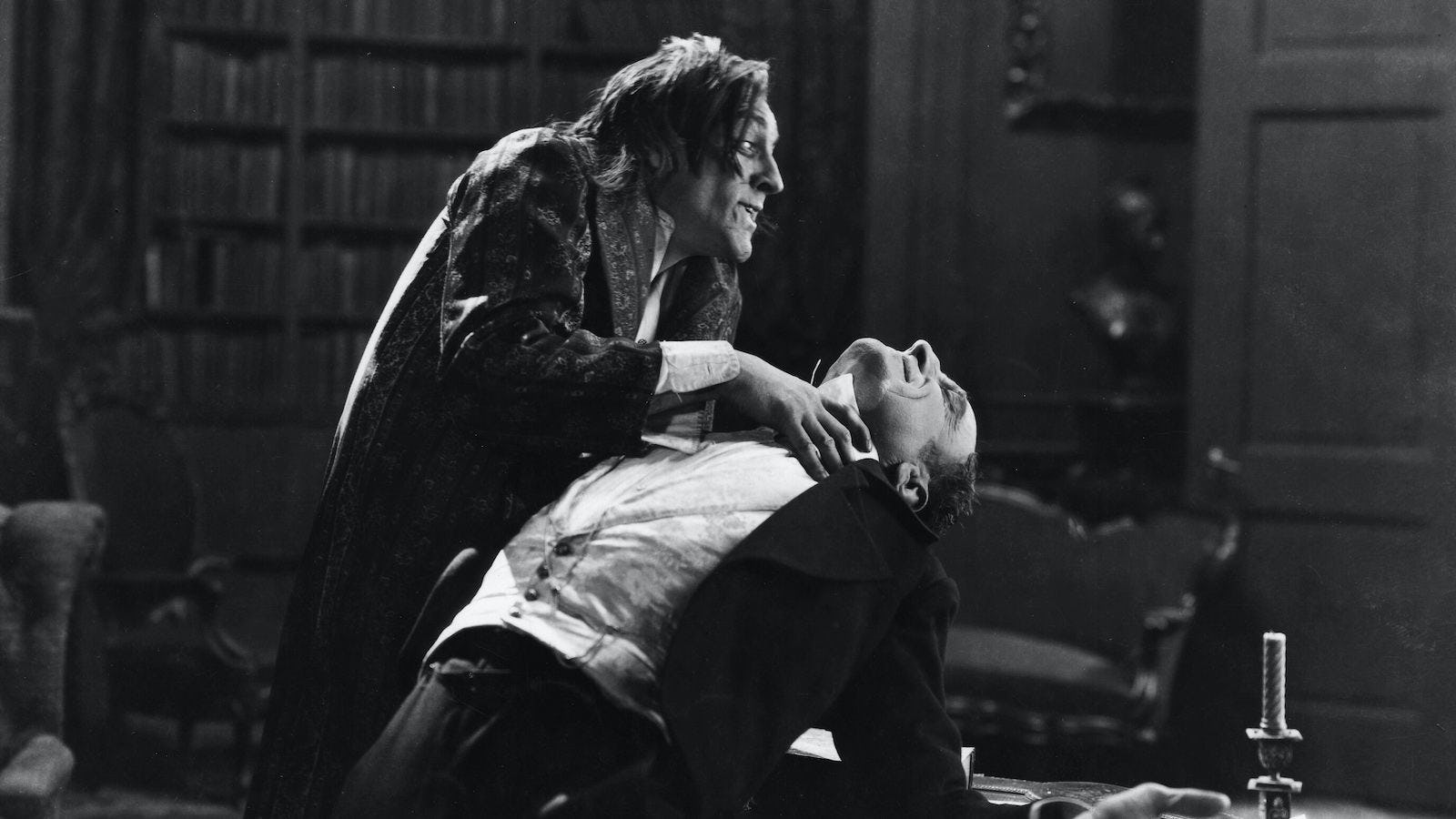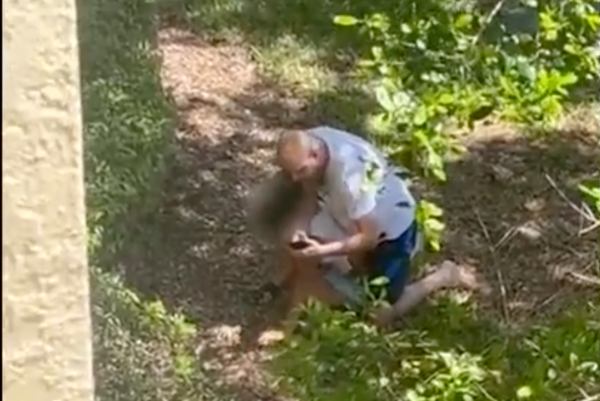
Director John S. Robertson’s Dr. Jekyll and Mr. Hyde, which premiered 105 years ago today, wasn't the first movie adaptation of Robert Louis Stevenson's landmark 1886 novel, but it's the oldest surviving version and still possibly the best. Stevenson’s tale, about a kindly doctor who transforms into a malevolent monster that acts upon his cruder desires, was adapted for the screen at least 10 times between 1908 and 1914, with three versions released in 1920 alone. Two of them — a comedy and a lackluster cash grab adaptation in which it’s all a dream and Dr. Jekyll finds religion — are forgotten, while the third and finest endures.
John Barrymore, one of the great actors of his time (and, yes, Drew Barrymore’s grandfather), plays the title roles, contorting his movie star good looks and body (first on his own, later via prosthetics) from the almost angelic Henry Jekyll into the twisted Edward Hyde. Even today, Barrymore’s transformation and the emergence of the Hyde persona (which the movie likens more to a spider than the brutish, ape-like man seen in later versions) are unsettling to watch, and must have been an irresistible attraction for contemporary audiences. Thanks to the backing of an American studio and Barrymore’s considerable star power, Dr. Jekyll and Mr. Hyde may well have been the first genuine horror blockbuster.
Horror films have been around almost as long as cinema itself, but 1920 was a banner year for the genre. In addition to Dr. Jekyll and Mr. Hyde, two immensely influential German films, Paul Wegener’s The Golem: How He Came Into the World, and Robert Wiene’s monumental The Cabinet of Dr. Caligari were also released. Yet Dr. Jekyll and Mr. Hyde was almost certainly the first full-length horror produced by a Hollywood studio, in this case the then eight-year-old Paramount Pictures.
Critics were largely impressed, with Photoplay’s Burns Mantle calling Barrymore’s performance “the peak of his screen achievements,” while Motion Picture Classics reviewer Frederick James Smith said the film would “be an unforgettable thing in the minds of those who see it.” In his seminal 1967 study, An Illustrated History of the Horror Film, Carlos Clarens wrote, “Barrymore’s prestige was to bring new luster to the horror film.”
Movie theaters were strained by audience demand. According to Photoplay, a crowd broke two windows and a door at the first New York screening of the film, while Variety reported that Manhattan’s 2,270-seat Rivoli Theater was seeing “enormous takings” from the movie, for which the owners paid Paramount some $10,000 (an extravagant fee) just to rent its print. The film was the seventh highest-grossing release of that year, and while exact box office figures are difficult to ascertain, Dr. Jekyll reportedly earned more than $1 million — also an exorbitant number for its era. No wonder Mantle suggested it would “easily become the most talked of picture of the time.”

Its creative and financial success helped pave the way for the next wave of Hollywood horror movies. Lon Chaney became a bona fide star three years later in The Hunchback of Notre Dame, and followed that up in 1925 with The Phantom of the Opera. It was just six years after that when Universal began unleashing its stable of classic movie monsters with Frankenstein (1931), Dracula (1931), The Mummy (1932), and The Invisible Man (1933). Other titles to emerge during this fertile period included Nosferatu (1922), Freaks (1932), Island of Lost Souls (1932), White Zombie (1933), and The Black Cat (1934).
Dr. Jekyll and Mr. Hyde has been remade many times since (it’s officially been filmed more than 60 times), including the 1932 version starring Fredric March (who won the first best actor Oscar for a performance in a horror movie), as well as a 1941 adaptation starring Spencer Tracy, a 1968 TV movie featuring Jack Palance, Hammer’s female-centric spin in 1971’s Dr. Jekyll and Sister Hyde, and even a 1997 Broadway musical. But it was John Barrymore’s take on the good doctor and his sinister alter ego that set the standard, turning the horror genre into a potent potion the film industry would drink from for the next century and beyond.







